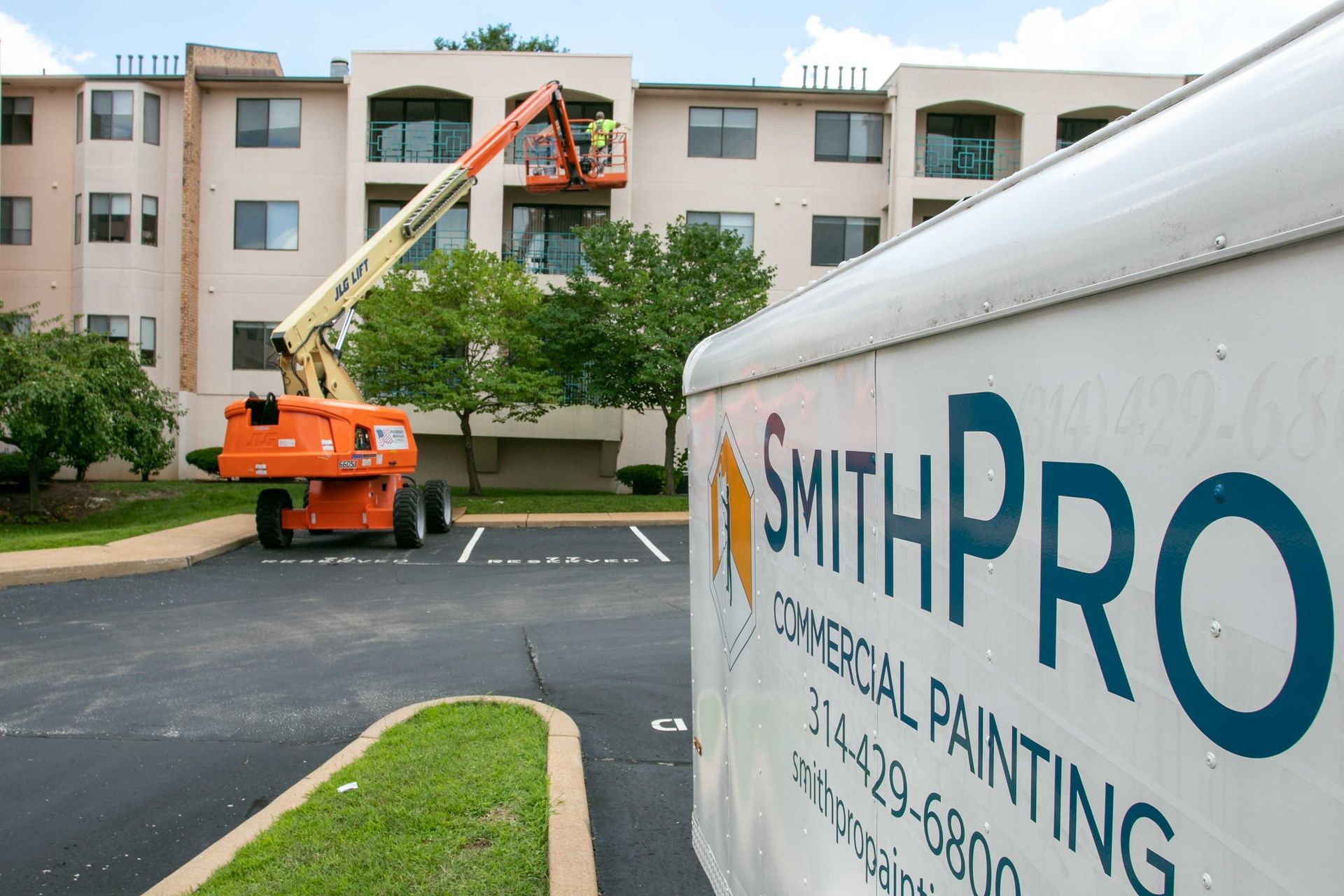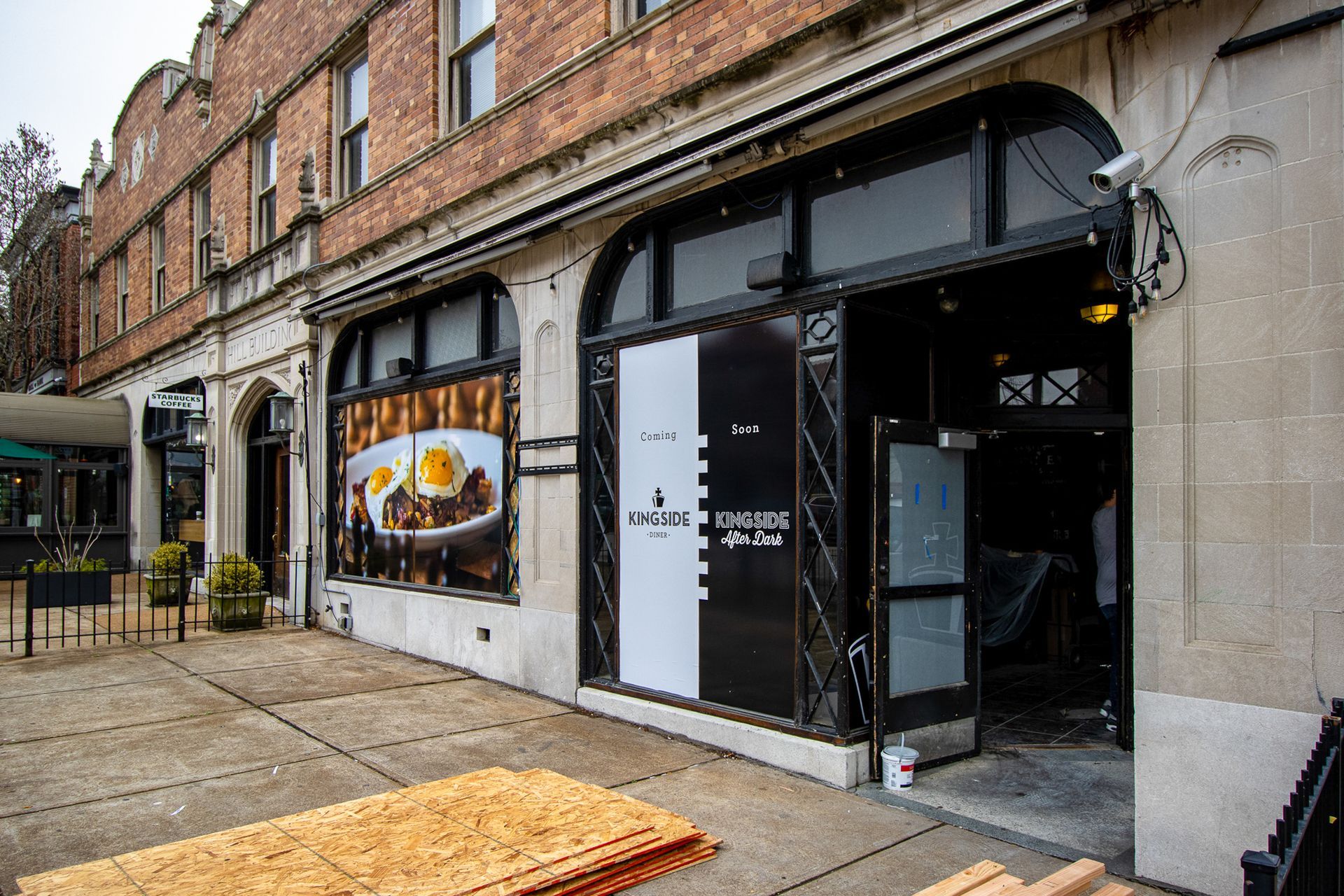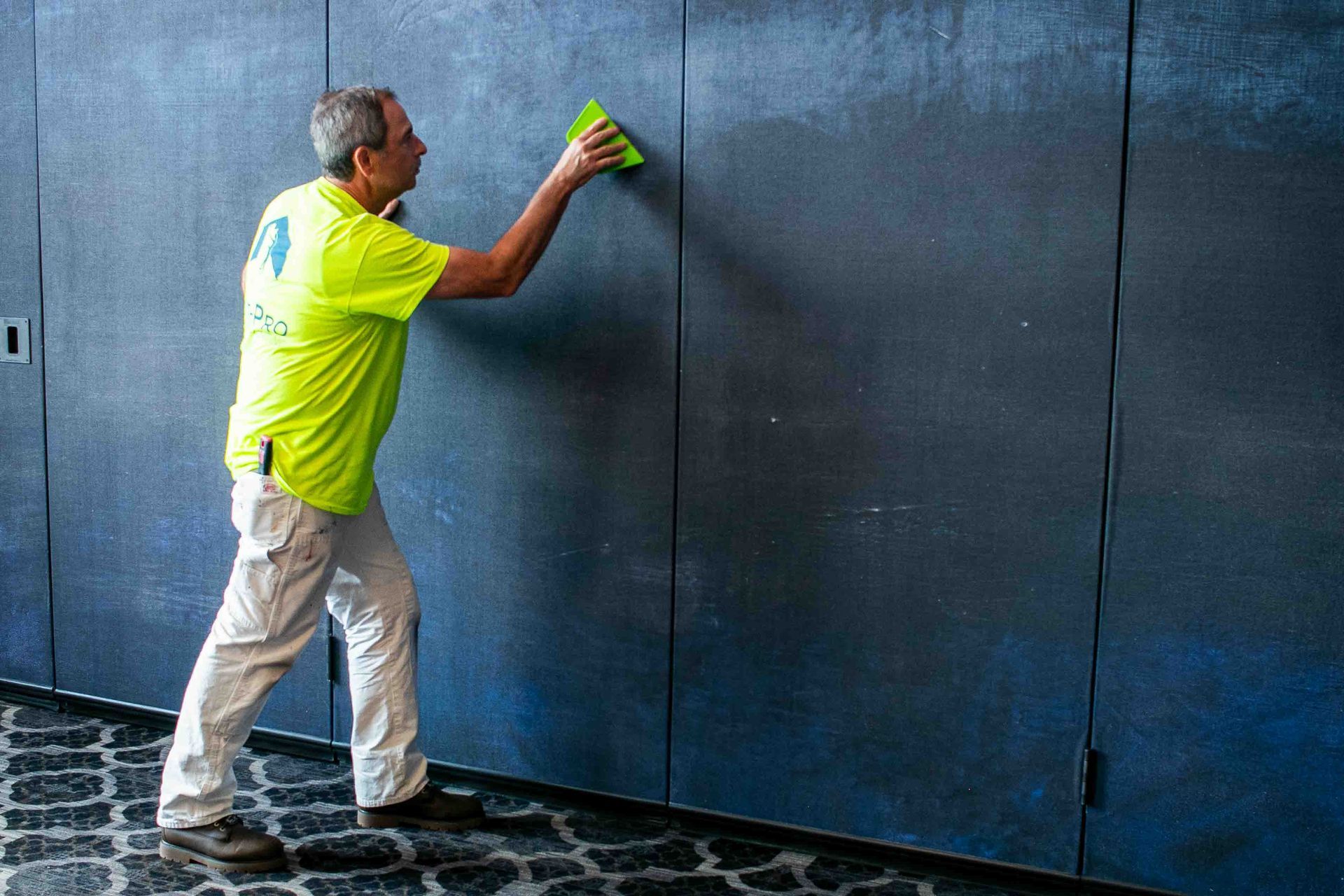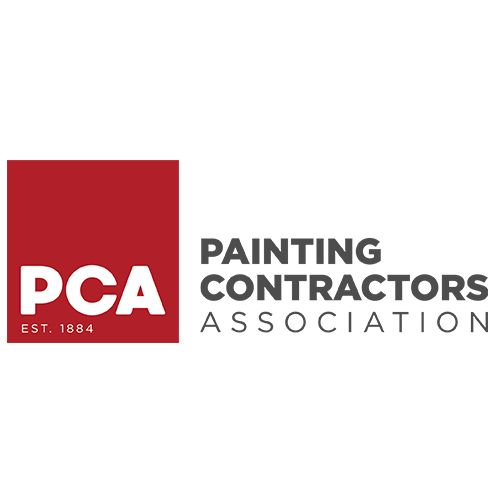The restaurant industry has had a rough go since 2020, and unfortunately, many establishments have still been struggling or have had to shut their doors for good. Those that remain open are continuously looking for ways to attract new customers.
Restaurants can shape an area in many ways, bringing people together in a community. Keeping a restaurant’s interior design and aesthetics updated is one of many ways restaurant owners can help their business thrive. Here are some of our commercial painting tips for restaurants.
Choose the Best Color Scheme
Color theory tells us that a space’s colors, patterns, and design choices can affect how we feel when we spend time in a place. Since restaurants want their customers to have an enjoyable dining experience (and come back in the future), the color and design choices are critical.
The project will be straightforward if restaurant management wants to refresh the current paint jobs. There can be benefits to adding different color schemes and design items or even starting entirely fresh. A skilled commercial painting project manager or interior designer can point the restaurant in the right direction to bring their vision to life.
Use High-Quality, Durable Paints
A restaurant’s can take quite a beating. Whether it’s kitchen mishaps damaging the walls, customers moving tables and chairs roughly across the dining room floor, or someone inevitably spilling food and drinks, the floors and walls of the restaurant have seen it all.
Restaurant management should opt for high-quality, durable paints to ensure the paint job will weather these potential incidents. If the restaurant floor is concrete-based, consider concrete polishing to keep its appearance looking sharp. Commercial floor painting is also an option to help maintain clean appearances.
Consider the Lighting
Just as color theory plays into how we feel in a space, lighting also plays a crucial role. Restaurant lighting can vary drastically depending on the type of restaurant: lower lighting for fine dining, natural lighting in modern cafes, or colored, moody lighting for a themed restaurant.
The commercial painting team must consider how the paint colors and design choices will mesh with the lighting. A knowledgeable project manager or interior designer can make these decisions and communicate them to the rest of the painting team and the restaurant management.
Surface Preparation
As with any commercial painting job, surface prep is essential. Since restaurants may have unique surfaces, the commercial painting team will decide which methods to use. Surface preparation helps the paint to adhere correctly to the surface and sets up the space for even paint application. This crucial step can also help prevent future discrepancies and issues, such as holes or gaps. After the painting team preps the surfaces, the project work can begin.
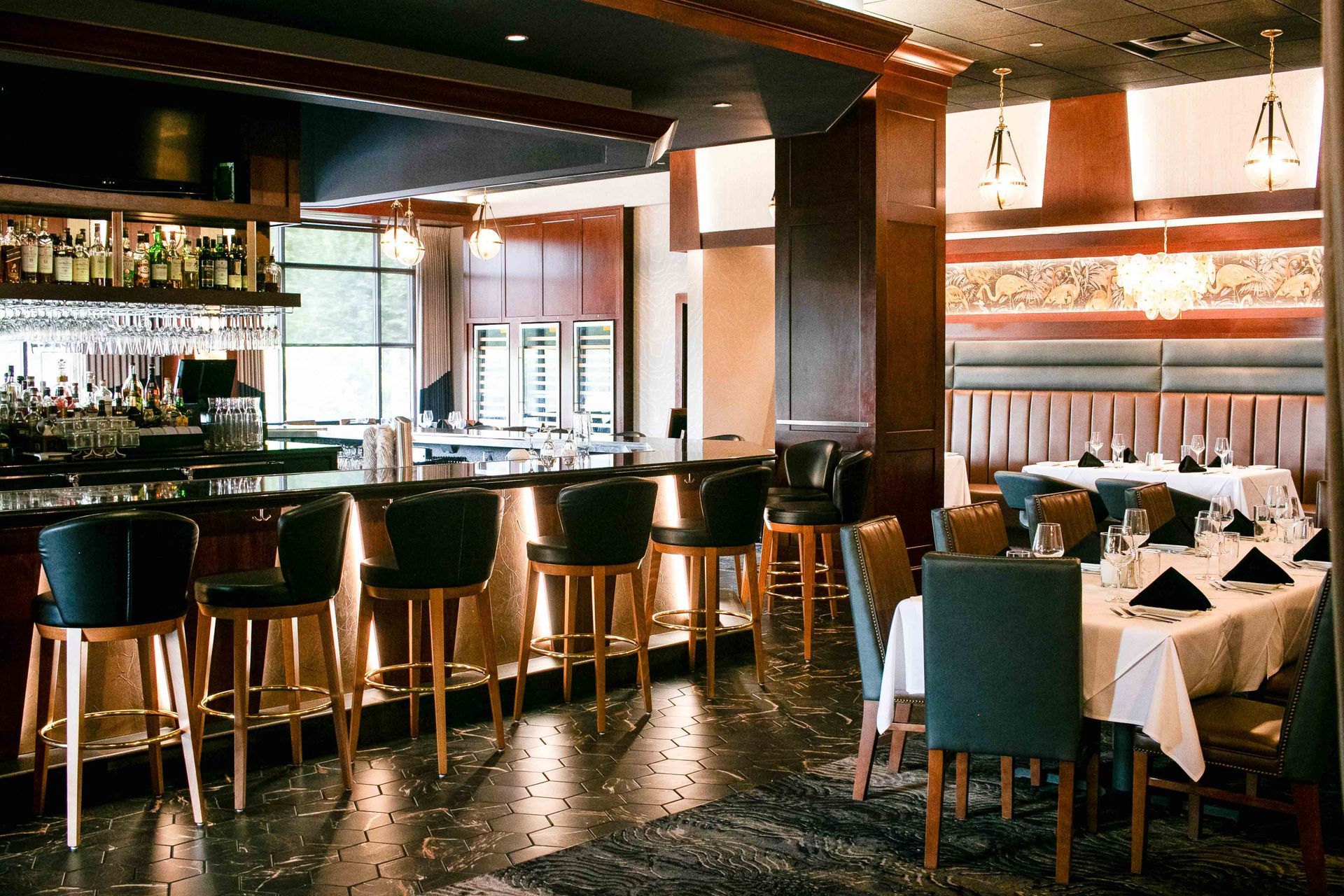
Minimize Disruptions and Inconvenience
If painters can do their work outside of restaurant hours, they will minimize business disruptions. If the restaurant opens late morning or early afternoon, the painting crew may be able to work in the morning. However, depending on the job scope, there’s a good chance that the project will take longer than one session. In this case, the restaurant staff and the commercial painting company should work together to create a schedule for completing the work.
Managers could close off certain sections for larger restaurants to stay partially open. Although renovation projects can be tricky to schedule, the end product will be worth it.
Create a Welcoming Ambiance
Every restaurant has a unique vibe. For an upscale, fine-dining establishment, this might entail low lighting, intimate details, and deep colors. A casual, modern restaurant or cafe may have more natural lighting, clean lines, and bright colors. Whatever the restaurant’s vibe, the goal is for the aesthetics to welcome in customers.
Customer experience is one of the primary reasons people still choose to eat out at a restaurant instead of cooking at home or ordering in. While customer service and the dining experience make up a significant amount of customer experience, the aesthetics of the building round it out.
Provide Clear Communication
Regardless of size, all renovation projects require clear communication from all parties. The commercial painting team should communicate the scope of work and what they will need from the restaurant management. In turn, restaurant management should share essential project details with their staff, regulars, and anyone affected by the work. Social media can be a great tool to inform customers of closings or reopenings.
Signage is another critical element of communication in painting projects. Any areas closed to staff or the public need to be marked clearly. Alternative routes through the building or parking lot should be marked with signs and arrows to avoid accidents. With these communication measures, all parties are on their way to a successful project.
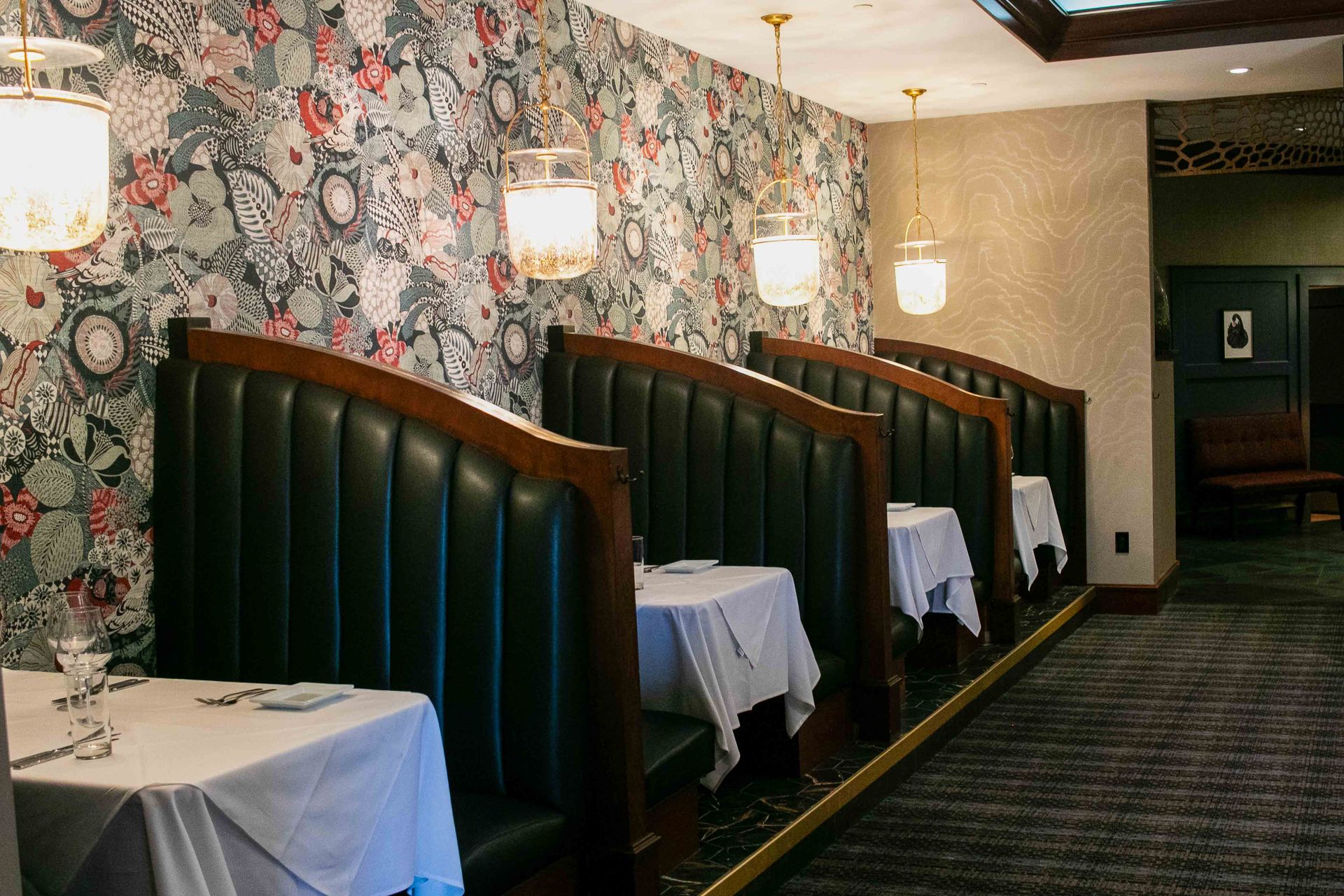
Work With SmithPro Commercial Painting
Whether you want to refresh your restaurant or any other commercial space, check out SmithPro Commercial Painting. Our SmithPro team has decades of experience serving the St. Louis area and expertise in many projects. Check out our past work on our website, and let’s talk about your project today!


